“We’re constantly upgrading the workflow. One important upgrade includes a stacking order capability that enables us to add one document at a time to a file and index it with the push of a button.”
– Doug Day, Mortgage Solutions of Colorado
Mortgage Solutions of Colorado is a mortgage lending company based in Colorado Springs, CO. The company functions as the hub of a typical lending process where the need for electronic document management has never been more apparent.
Mortgage Solutions had several information management, workflow, and business scaling issues. And, just like with most successful companies, their document management issues started surfacing as business got better. In an environment where the economy was in a nosedive and lending was in flux, Mortgage Solutions was — and still is — thriving. They use a simple formula for success: maintain a conventional approach toward lending – mostly government backed and never participate in the sub-prime boom that turned so many lenders into sub-prime busts.
Mortgage Solutions’ application procedure was to process a file containing 300 forms that arrived in PDF format, print each page, and finish all necessary steps to the loan determination. Even though Mortgage Solutions didn’t store the paper files in their office (once a loan closed, they would store an electronic version), they still suffered from paper overload as during the time between when a loan initiated and closed the amount of paper in the office was considerable. Imagine processing 600 loans a month in paper files of 300 pages or more. Since a loan doesn’t close in a month, there could be two months’ worth of files in the office. So there could be 1,200 files containing at least 360,000 pages circulating at any given time. Additionally, there could be another 600 to 1200 files from previous months waiting to be shredded. It reached a point where there simply wasn’t enough room. But storage wasn’t their only issue – management knew that if they could convert to an all-digital workflow process, they would instantly start saving costs on paper handling.
Christina Baker, Chief Operating Officer of Mortgage Solutions, took the reins to find an electronic document management solution. This was complicated because, as cumbersome as it was, the employees had become so used to the manual system that they had become admirably proficient at it. She recognized that a change to digital would be smooth only if it enhanced employee’s work experience and sense of value, rather than diminish it; so the program had to be user friendly and present clear improvement. Additionally, the company was going through steady growth and needed to bring on additional personnel – so their ideal scenario required allowing remote workflow while enabling faster workflow.
The Process
After her initial research, Baker took her findings to the owner of the company who requested she create a budget and make ROI predictions. Once Baker had full go-ahead, she selected different value-added resellers to give live demonstrations of potential solutions, and through these she narrowed the field down to two prospects. At this point she invited Mortgage Solutions’ Information Technology Specialist, Doug Day, as well as representatives from other departments within her organization to complete the analysis and share in the decision.
One of the demonstrating companies was D2Xchange, a value-added reseller located in Denver, near Colorado Springs. D2xchange introduced Baker to Contentverse by Computhink, Inc. Baker saw Contentverse as a virtual filing cabinet storing information in one location and making it easier and more efficient to search, retrieve and route information across an organization. When D2Xchange introduced the combination of Contentverse with another software program called LoanStacker, Baker concluded, “D2Xchange knew it would be important for us to have a flexible solution. We needed to automate our customers’ existing processes, rather than forcing them to reengineer around the technology. It also was essential that the system be user friendly. I expected a degree of resistance from good workers who took a professional approach to the manual nature of the old process, but as our employees experienced the ease of use first hand, Contentverse won them over.”
Soon after Mortgage Solutions went with Contentverse, several meetings were held to enable Mortgage Solutions representatives to detail express their specific needs. This helped technicians at D2Xchange and Computhink create an appropriate blueprint to achieve the desired workflow. Implementation took just a few weeks.
Doug Day was charged with the daily implementation, “From the beginning, both Computhink and D2Xchange were in our corner.”
Benefits
“We digitized a complex procedure that used to be completely manual,” said Baker, “There are also a lot of the additional features with Contentverse that aren’t always necessary, but are nice to have when the need arises.” She cites Contentverse’s ability to annotate a file, as well as the ability to move pages around in a file as additional benefits.
- Submissions – Initial paperwork comes from brokers to Mortgage Solutions and enters the system, usually as a PDF attached to an email. Submissions include everything from pay stubs to tax returns. LoanStacker automatically breaks the large PDF into the individual documents. Every document type has an associated, searchable set of values that are automatically extracted. LoanStacker comes preconfigured with most all the templates required for mortgage processing. The next stage is output to Contentverse.
- Processing and Underwriting – As the file travels interdepartmentally, it needs to be restacked to meet the different needs of various departments, frequently. For example, the loan processors require a stacking order that’s different than the one needed by the underwriters. During this process, new documents also are added to the stack and Contentverse automates the stack order.
- Post Closing – When the processors and underwriters complete their work, the file goes to post closing. This is where the underwritten loan is generated into the closing document. Then, that document has to be restacked using Contentverse.
- Upload to Investors – Post processors combine the closing documents with the origination documents, then output to the investors. Each investor has a unique stacking requirement. Contentverse restacks the file one final time to match the needs of the appointed investor.
Baker says there are certain features that are necessary to the process that Contentverse provides. “We needed to be able to pick items from a file and export to PDF,” she says. “Also, stacking order is tremendously important. With Contentverse, we can click a button, put the whole file into a Bank of America stacking order, convert to PDF, and send it with a click.”
Return on Investment (ROI)
When considering ROI, Baker took into account two things, ‘hard’ and ‘soft returns.’ She considers money to be a hard return and growth to be soft … two particularly impressive ‘hard’ return numbers — both result from reduced paper handling — are a 45% savings on equipment leasing and a 32% savings on office supplies. On the ‘soft return’ side, Baker cites, “From expanding the workforce to re-purposing existing employees toward profit-making functions, it all adds up to time saved. We can click a button and accomplish what used to take an hour and you can see the results in our overall productivity.”
Conclusion
A significant challenge was the actual arrangement of the documents within a file, referred to as the stacking order. That is because mortgage companies work with brokers who each submit the documentation in their own order. “[But] We’re not finished,” Baker continued, “One of the best features of Contentverse is that it can be incorporated into additional departments. As Contentverse proliferates, it will multiply the areas where we save money and increase productivity in all phases of our business.” That order changes during the various processing stages. The order changes again when the paper is submitted to the actual lender. Manually restacking the documents in a file to meet the requirements of each step in the process was time-consuming and increased the potential for error.
“In the final analysis, we’ve accomplished our goals while realizing a substantial return on investment,” says Baker. Both Baker and Day are pleased with the ongoing relationship they have with D2Xchange and Computhink. “Both companies are there when I need them. They want the best possible outcome for us. We can’t ask for more than that.”




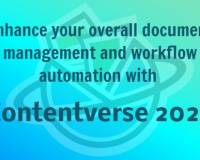
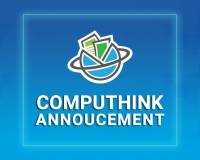

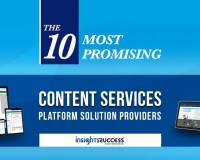
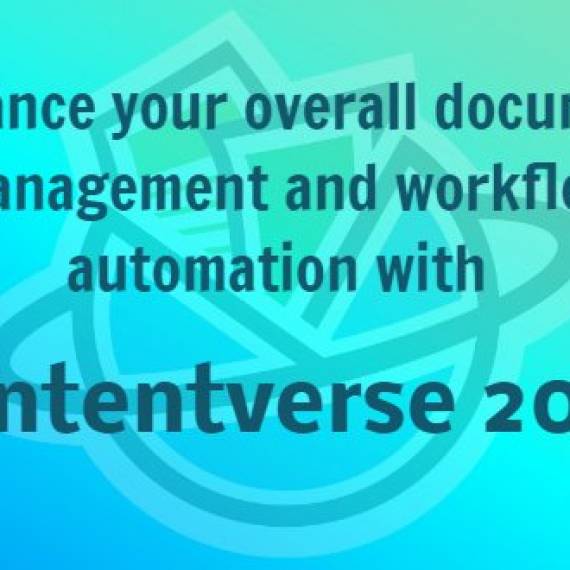
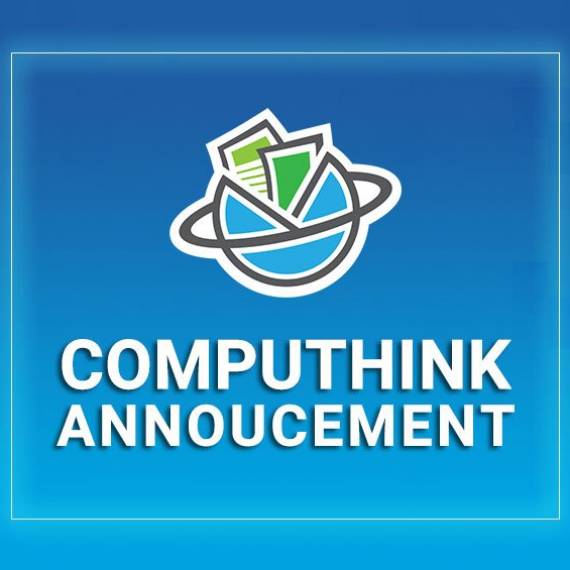

Leave a Comment